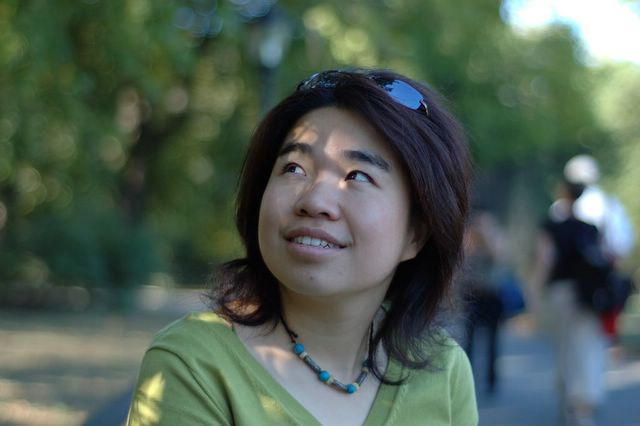
除了电影拍摄,特里尔也关心电影理论。他自己就是Dogme95 的倡导者和推动者。根据维基不知道的介绍,
“Dogme 95 (in English: Dogma 95) is an avant-garde filmmaking movement started in 1995 by the Danish directors Lars von Trier, Thomas Vinterberg, Kristian Levring, and Søren Kragh-Jacobsen. This movement is sometimes known as the Dogme 95 Collective or the Dogme Brethren…….The goal of the Dogme collective is to purify filmmaking by refusing expensive and spectacular special effects, postproduction modifications and other gimmicks. The emphasis on purity forces the filmmakers to focus on the actual story and on the actors' performances. The audience may also be more engaged as they do not have overproduction to alienate them from the narrative, themes, and mood. To this end, Lars von Trier and Thomas Vinterberg produced ten rules to which any Dogme film must conform. These rules, referred to as the Vow of Chastity, are as follows:
1. Filming must be done on location. Props and sets must not be brought in (if a particular prop is necessary for the story, a location must be chosen where this prop is to be found). 2. The sound must never be produced apart from the images or vice versa. (Music must not be used unless it occurs within the scene being filmed). 3. The camera must be a hand-held camera. Any movement or immobility attainable in the hand is permitted. (The film must not take place where the camera is standing; filming must take place where the action takes place.) 4. The film must be in colour. Special lighting is not acceptable. (If there is too little light for exposure the scene must be cut or a single lamp be attached to the camera). 5. Optical work and filters are forbidden. 6. The film must not contain superficial action. (Murders, weapons, etc. must not occur.) 7. Temporal and geographical alienation are forbidden. (That is to say that the film takes place here and now.) 8. Genre movies are not acceptable. 9. The final picture must be transferred to the Academy 35mm film, with an aspect ratio of 4:3, that is, not widescreen. (Originally, the requirement was that the film had to be filmed on Academy 35mm film, but the rule was relaxed to allow low-budget productions.) 10. The director must not be credited. In certain cases, the titles of Dogme films are superfluous, since they are also referred to by numbers. The spirit of the Dogme technique influenced Lars von Trier's film Breaking the Waves, although it is not a Dogme film. The first of the Dogme films was Vinterberg's 1998 film Festen (The Celebration), which is also known as Dogme #1. Festen was highly acclaimed by many critics, and won the Jury Prize at the Cannes Film Festival that year. Von Trier's only Dogme film, Idioterne (The Idiots, or Dogme #2), was less successful. Since those two original films were released, other directors have participated in the creation of Dogme films. For example, the American director Harmony Korine created the movie Julien Donkey-Boy which is also known as Dogme #6.”
那些拍摄大片的中国导演真应该到丹麦去考察一下电影发展。最好不要没事儿就来纽约购物,我在纽约碰到的中国大小名家儿也够多的了,但是没觉得中国的电影有什么提高。拍电影是思考的过程和结果,没有大脑,只迎合腰带以下部位的中国电影是没有前途的。 如果需要的话,我可以把Dogme95 翻译成中文,好好地鼓吹一下。


没有评论:
发表评论